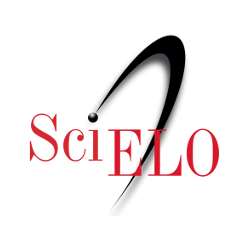Resumen
The building known as the Casa de la Cacica, seat of the Mixtec leaders of San Juan Teposcolula, Oaxaca, around the middle of the 16th century, exhibits the complexity of architectural and ideological interplay during the first period of colonization. The use of European techniques of construction did not prevent the native leaders of Teposcolula from conceiving of space and its political meaning in pre-conquest terms. Indeed, the new technology and architecture were probably adopted in order to legitimize and reaffirm the power of the ruling class in Teposcolula within the new context of Spanish domination.
Descargas
Los datos de descargas todavía no están disponibles.


















